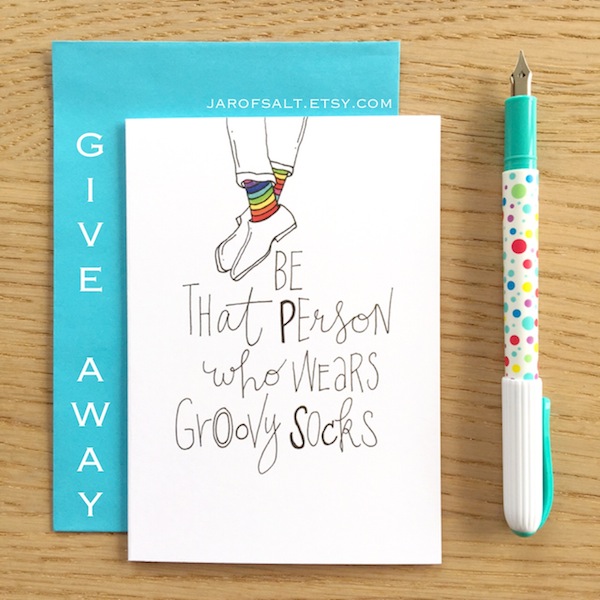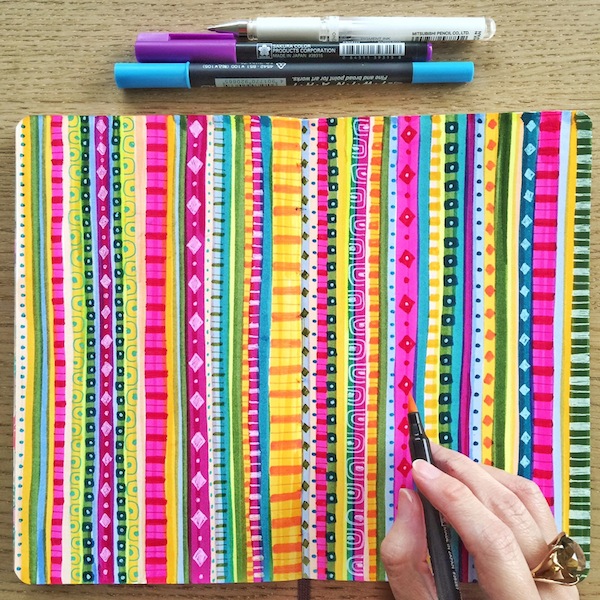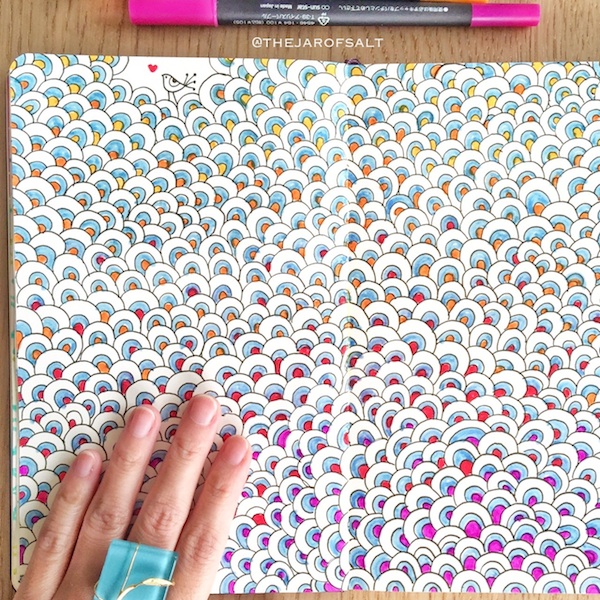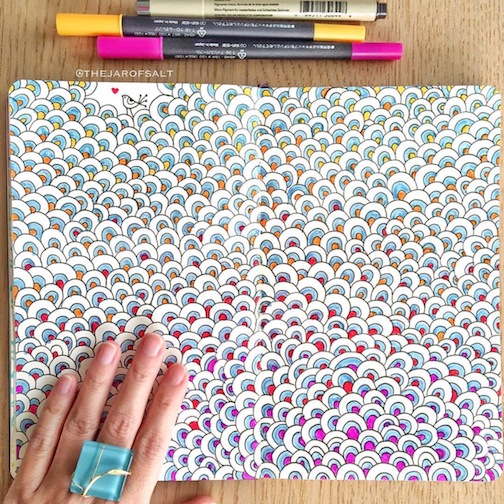“Do schools kill creativity?”
When I first heard the profoundly entertaining words and witty perspective of Sir Ken Robinson, I almost cried. I post my creative process for people seeking their place in the sun, imperfections and all. Here is a man who said it all for me.
People’s unhappiness and confusion can be attributed to a general educational system that kills creativity, according to Sir Ken Robinson.
I remember how I used to get very mediocre grades in 4th grade, simply because I couldn’t remember the myriad of names in the muscular and skeletal system. I also recall how I was sent to the guidance counselor during my senior year because my teachers were concerned that I was not paying attention, that I was always, as they would say, “spaced out”. I also needed to draw in my notebooks so I could understand what’s going on, and survived school by getting bonus points with my drawings in reports (Kids, back then we had no ClipArt gallery and no Google images!). The only reason I liked Math was when I got to draw shapes, angles and graphs using colored pens but I still almost failed anyway.
My math skills only improved when I started earning my own money after university, and my intelligence in science kicked off as soon as I started mixing artist’s solvents and when I started baking bread. I was also a late bloomer as a reader because I only liked Tintin comics, and colorful books with lots of pictures. I cheated through my book reports by spinning off stories from the summaries at the back (which my teachers saw through!).
Sir Ken Robinson raises an interesting point: that professors shouldn’t be the hallmark of success or intelligence because most of the time, they live in their heads. We have an educational system that works on everything waist up. Everything academic, everything cerebral is given much weight. He also mentioned that in 30 years, degrees will probably be useless and obsolete.
I actually believe him.
He mentions back in the day a diploma guaranteed him a job. Now, you need an MA because the BA isn’t good enough. The jobs that require the MA now need a PhD. He observes that you now have a bunch of people with sparkling degrees who stay at home andplay video games all day.
So now what?
As expected, I was never encouraged to be an artist or a writer because they said I will starve for the rest of my life. As a former educator in a mainstream school, I felt bad when students with mediocre grades in major subjects are regarded as a big joke by no less than the teachers themselves. I joined the educational system in hopes of finding students who are just like me and do better in their lives sooner than I did.
Although I became a working part-time artist at 27, I stopped a few years later when I hit a creative slump, riddled myself with debilitating self-doubt and one colossal creative block that spanned almost 5 years. It was only in 2012 that I gratefully picked myself up, and rebooted my art career. At almost 40, I have just begun working once again as a professional painter and artist.
And a full-time artist. Finally.
He also shares the extraordinary story of Gillian Lynne, the famous choreographer of “Cats” who was considered a below-par student who kept fidgeting and lacked focus. She was brought to a doctor by her mother to be examined for behavior. Her mother narrated Gillian’s “problems” to the doctor. Later on, the good doctor asked the mother to step outside with him so they could discuss privately. He turned the radio on and left the room. Then, he told Gillian’s mom to look inside the room to see Gillian dancing to the music playing all around the room. He advised her to send Gillian to a dancing school: “Your daughter is a dancer. Send her to a dance school.” And when she went to dance school, she saw everyone was just like her — kids who had to keep moving in order to learn.
Let the children dance, sing, cook, paint, sculpt, write and whatever it is that makes their hearts sing. People are not machines where data can simply be encoded, programmed, controlled and re-calibrated. We have feelings, we can taste, smell, hear, feel and see things.
If only we let the child’s imagination, senses and creativity flourish, change everywhere will be massive.
– – – – – – – – –






Recent Comments